The two main purposes of Italian blending of coffee beans introduce how to adjust the flavor of blended coffee
For professional baristas, please follow the coffee workshop (Wechat official account cafe_style)
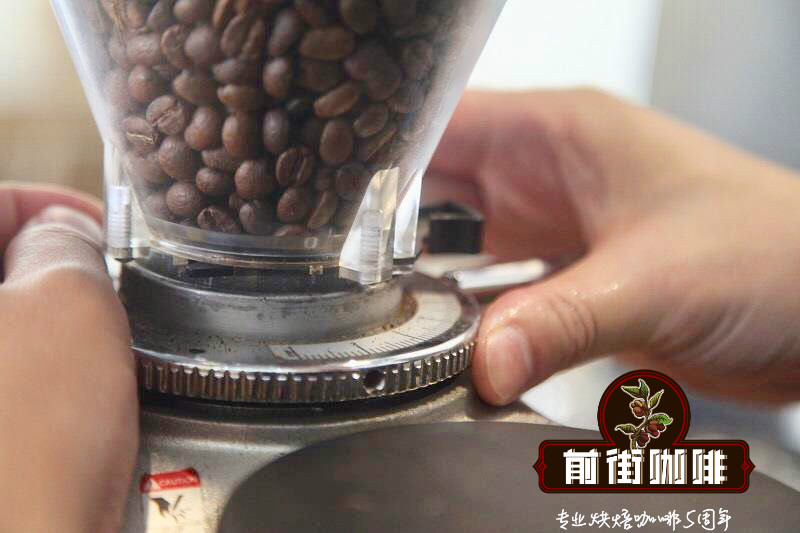
Espresso (Espresso) is a drink made by forcing near-boiling high-pressure water through coffee ground into fine powder. Espresso coffee is generally thicker than other methods and contains higher concentrations of suspended solids and dissolved solids, such as coffee fat (a creamy foam) on the surface. Because of its pressurized production process, Espresso has a strong taste and a very high concentration of chemicals. It is often used as a base for other drinks, such as latte, cappuccino, macchiato, mocha, and American coffee.
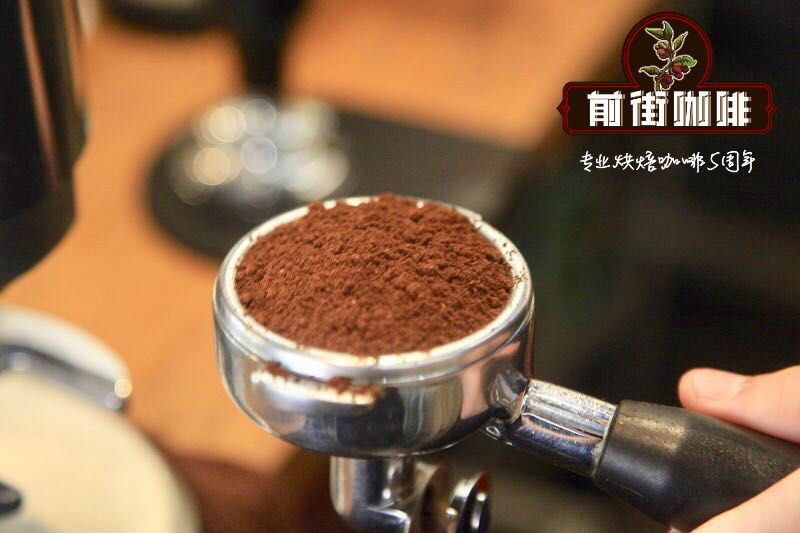
Italian concentrated under the foam are particles with tiny emulsified oil droplets that dissolve sugars, acids, proteins, and caffeine. And Espresso has always had a very high status in the hearts of coffee lovers, not just because of its rich taste, pure Italian origin, suspended bubbles and solid solution. Due to the constant change of humidity and storage time, the wear degree of bean grinder blades has also changed over time. In order to ensure that the concentrated taste is basically the same, we adjust the grinding degree every day, so how can we make a cup of concentrate?
Blended coffee, also known as mixed coffee, is to mix a variety of individual coffee beans together, so as to give full play to the strengths of various individual coffee beans, blended beans from different areas of coffee beans mixed to make a more balanced taste. For example, if one kind of coffee bean is slippery but lacks aroma, another kind of coffee with rich aroma can be added to make the advantages of individual coffee beans complement each other, complement or strengthen each other in taste, thus creating a richer new taste of coffee. Sometimes the beans are mixed first and then baked, which is called roasting; sometimes they are roasted and then mixed with coffee beans, which is called cooked.
ESPRESSO formula
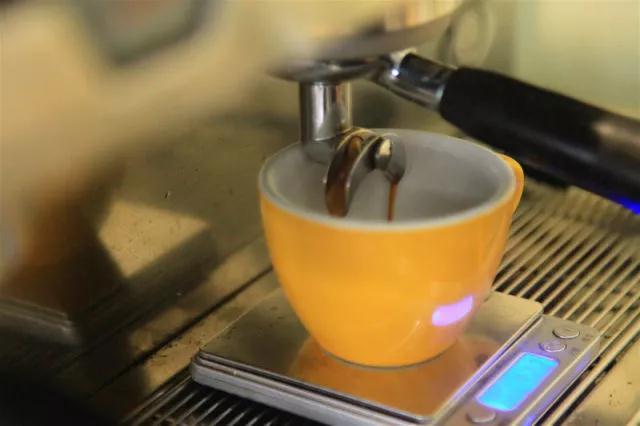
The ideal Italian Espresso is very low acidity, high alcohol thickness, and has a rich, velvety, thick reddish brown Crema with coffee aroma and flavor. Crema is the only important indicator of complete Espresso. Basically, it must master the strong flavor of coffee. The vapor produced during the extraction of Espresso is contained in fine oil foams. When drinking Espresso, these foams explosively release volatile aroma molecules from the mouth to the olfactory receptors in the nasal cavity. These foams also attach to the taste buds, creating a long finish that can last up to an hour. Some people like to make SOE (Single-Origin Espresso) from a single cup of coffee, which may be very simple, but I believe the result needs to be compromised. Because no single coffee provides all the physical and flavor characteristics in the right balance, high-quality Espresso must combine two or more cups of coffee.
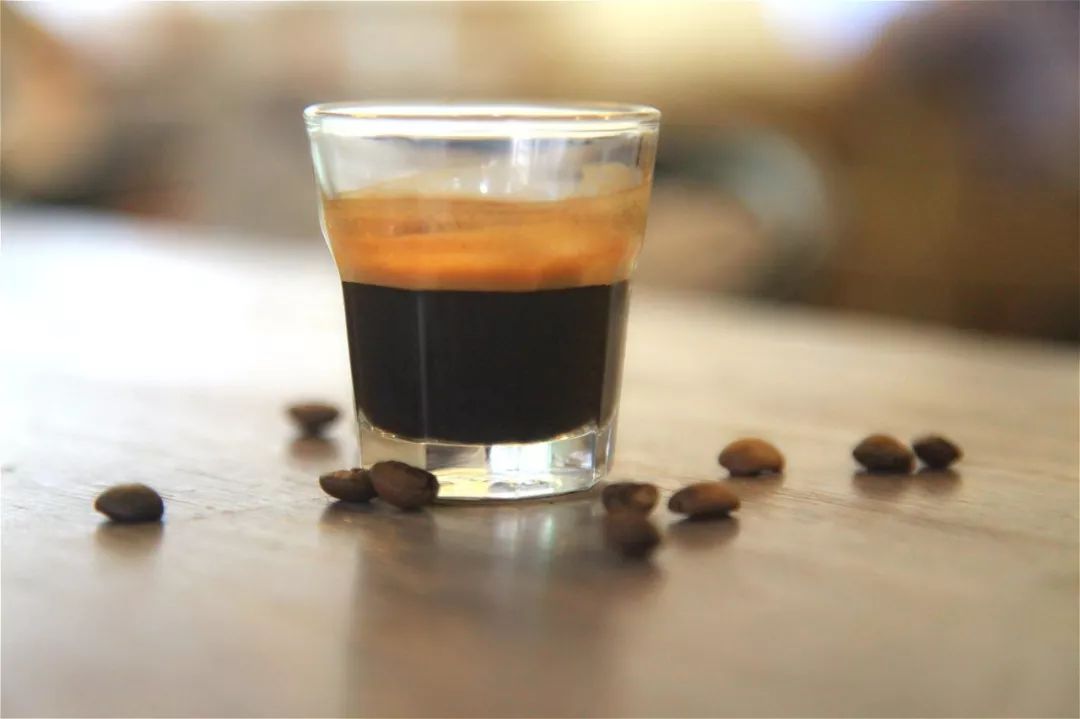
To put it simply, I think the characteristics of Espresso can be described in two broad and different directions. Physical characteristics: such as color, richness, Crema; flavor characteristics: such as aroma, taste and aftertaste. The physical trait consists of one group of coffee, while the flavor trait comes from another group of coffee. Although these two qualities are not really separable, I have to make a choice so that coffee, which provides a thick texture for Espresso, has less aroma and taste, and vice versa. Where practicable, the variants of the two groups of traits can be adjusted independently.
Sun-cured coffee tends to have more Crema than washed coffee. If you can find a low-acidity, high-alcohol suntan coffee, it will be a good base for Espresso. Asian coffee, especially from India and Indonesia, as well as Brazilian coffee, offers a low acidity option. After selecting the base beans, we need to evaluate whether this formula is suitable for adding high-quality Robusta. High-quality Robusta is difficult to obtain and expensive, usually more expensive than many Arabica. But Espresso can use clean, mild boutique Robusta. Different from the general grade, the higher unit price Robusta can produce a smoother, milder, softer taste without a rubber finish. In addition, it increases the amount of caffeine in Espresso, an added benefit that many people pursue. The content of Robusta in Espresso beans varies depending on the aging degree, grade, and baking degree of beans. But more importantly, other coffee recipes. Considering that most of the Espresso drinks sold in North America are milk drinks, high-quality Robusta is an effective way to help enhance coffee acceptance. By blending milk, Robusta can help Arabica enhance its flavor.
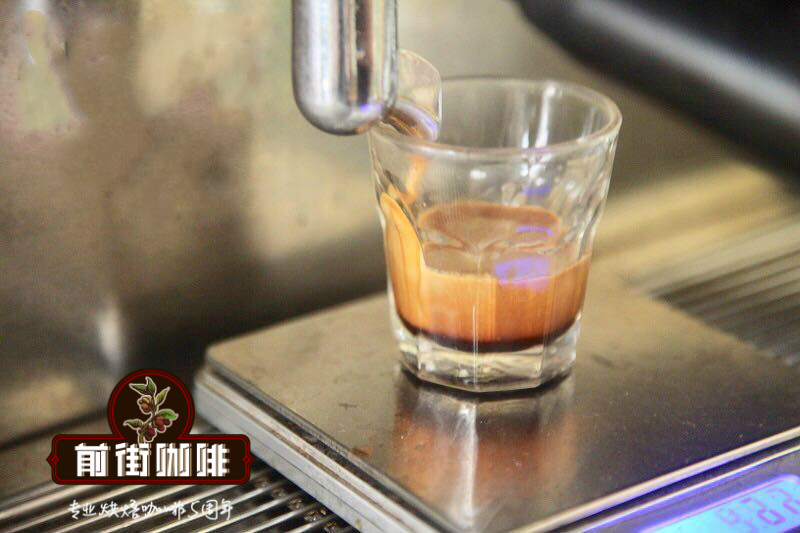
Perhaps the most significant impact of high-quality Robusta is that it can increase the thickness and persistence of Crema, but it will affect the most important moderation trait of high-quality Espresso. He also added a unique flavor to the taste spectrum, a typical European Espresso flavor, which I believe Arabica is difficult to perform alone.
To add flavor ingredients to the recipe, choose one or two coffees that you really like its aroma and taste. I call them focus Coffee. These coffees can be medium or low alcohol thickness, or even a little sour. Start with one kind of coffee and then add a second coffee flavor if necessary.
Next, you must balance the recipe. All the features must be integrated, and no one in particular overshadows the others. It must be smooth, gentle, thick, free of uncomfortable bitterness, and can not feel sour. Crema should be rich, smooth, velvet-like, and not easy to dissipate, pay special attention to the tail rhyme, the aroma must be very pleasant, so when the oil foam burst, the steam will fill the receptor of the entire nasal cavity, creating a pleasant experience.
Mix first and then bake or bake before mixing
Whether it is premixed raw beans or roasted individually and then mixed, it must depend on the characteristics of the coffee in the formula. Both methods are acceptable. Mixing after baking provides different degrees of baking for each bean so that each ingredient shows the best effect. He also offers non-bakeries the opportunity to create their own exclusive recipes. The most obvious disadvantage of this method is that if the baking plant cares about freshness, it will need to be baked many times and cause wear and tear.
When the roasting properties of the coffee in the formula are compatible, premixing before baking will be feasible. However, when the mesh size, density, water content, thermal conductivity and baking development curve of beans are different, premixed baking will be very difficult and impossible in most cases.
Qianjie Italian matching No. 2 formula:
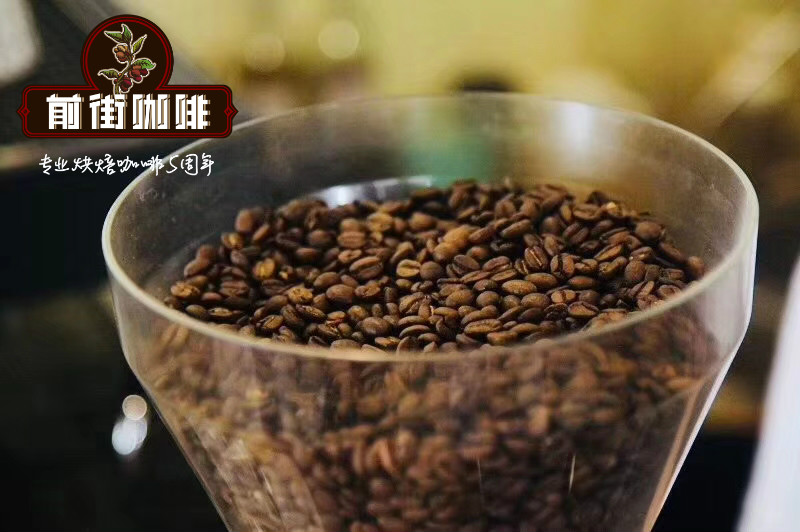
Colombia: Brazil, ratio 3:7
Huilan producing area of Colombia
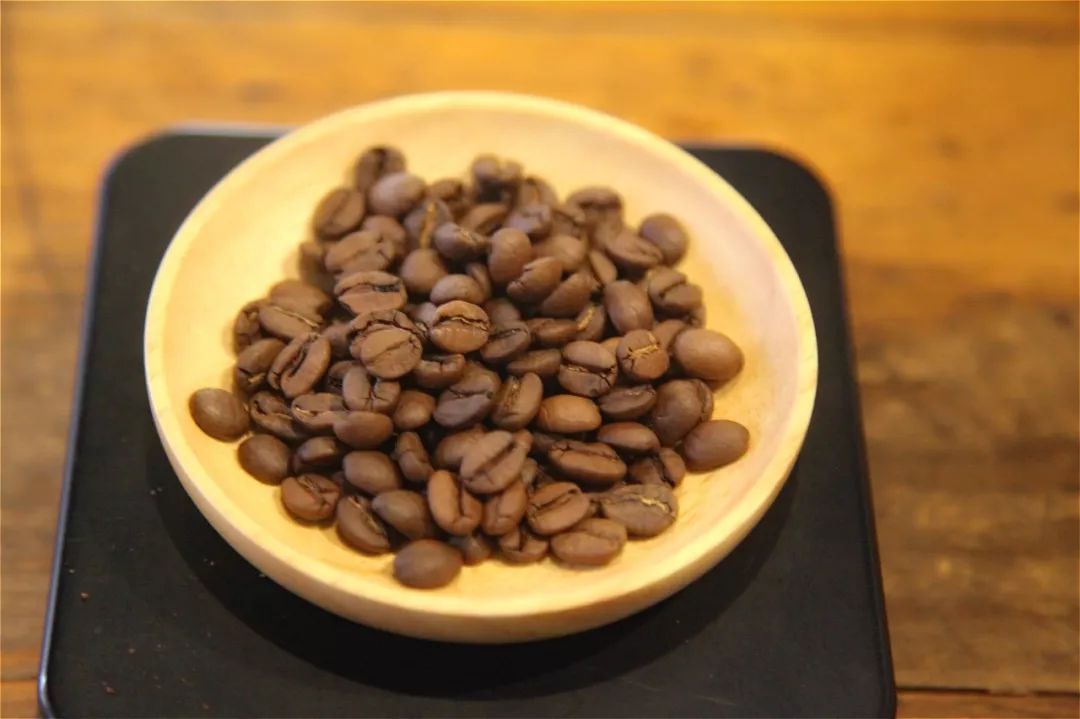
Located in the southwest of Colombia, it is one of the major coffee growing areas. Colombia is generally 1500-1800 meters above sea level, mostly bourbon, Kaddura species, washing treatment, high density, uniform bean, full bean shape (from bean core to bean surface is thicker). Because there are famous coffee cultivation places in Huilan area, the names of various small areas have become brand names and circulated. Although the cultivation conditions in this area are also very good, the cultivation infrastructure of coffee cultivation farm and surrounding conditions is not well developed. It is a great pity that the raw bean drying equipment or washing processing facilities are not perfect. The coffee in Huilan area has a strong taste and heavy texture.
In particular, the coffee in Huilan area can be called high-quality coffee with the aroma of nuts, chocolate and caramel and suitable acidity. And caramel and other aromas and appropriate acidity can be called high-end boutique coffee.
Flavor features: the taste is rich and solid, with a pleasant sour taste, mellow smell, moderate acidity, rich sweetness and very intriguing. Because the price is cheap, the beans are small, so they are suitable for blending coffee. Coffee has a strong taste and heavy texture. Its nutty, chocolate and caramel aromas and suitable acidity can be called premium boutique coffee, suitable for single or Italian blended base.
Sirado producing area of Brazil
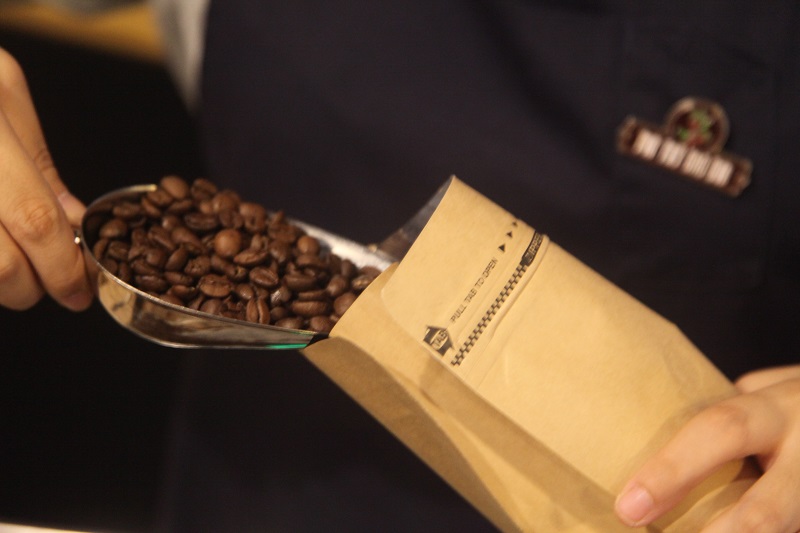
Brazilian coffee generally grows at an altitude of 1000-1300 meters above sea level, so its density is relatively low. Most of them are bourbon species, which are treated by half-sun. The water content is moderate, the bean is soft, and the thickness from the bean surface to the bean core is thin, so it is not suitable for baking at too high temperature. The temperature on the inner wall of the boiler will scald the bean surface, so there will be a bitter taste.
At the same time, if we want to show the characteristics of good thickness of nuts, milk chocolate and alcohol, and serve as a matching base, we choose to throw beans over medium heat, keep the firepower to the stage of dehydration, and fine-tune as the temperature rises after the first explosion. promote the caramelization reaction more fully, heating up to near the second explosion can arrange beans.
Flavor characteristics: comfortable sweet and bitter taste, the entrance is very smooth; with a hint of grass, the fragrance is slightly bitter; smooth and smooth, the aftertaste can be comfortable
The flavor after matching: sweet taste. Using medium-deep baking, when concentrated, the taste will be soft, slightly sour, sweet, nutty, the overall feeling will not be too exciting, peaceful, grease belongs to medium.
Important Notice :
前街咖啡 FrontStreet Coffee has moved to new addredd:
FrontStreet Coffee Address: 315,Donghua East Road,GuangZhou
Tel:020 38364473
- Prev
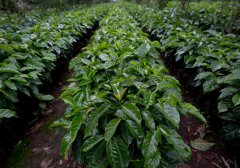
What is the price of Robusta's coffee beans? where can I find high-quality Robusta coffee beans?
Professional baristas please pay attention to the coffee workshop (Wechat official account cafe_style) the ideal Italian Espresso formula is very low acidity, high alcohol thickness, and has a rich, velvety, thick reddish brown Crema containing the aroma and flavor of coffee. Crema is the only important indicator of complete Espresso. Basically, it must master coffee strength.
- Next
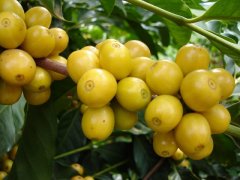
Details needing attention in blending coffee the importance of raw bean characteristics to coffee blending
Professional baristas please pay attention to the coffee workshop (Wechat official account cafe_style) the ideal Italian Espresso formula is very low acidity, high alcohol thickness, and has a rich, velvety, thick reddish brown Crema containing the aroma and flavor of coffee. Crema is the only important indicator of complete Espresso. Basically, it must master coffee strength.
Related
- Detailed explanation of Jadeite planting Land in Panamanian Jadeite Manor introduction to the grading system of Jadeite competitive bidding, Red bid, Green bid and Rose Summer
- Story of Coffee planting in Brenka region of Costa Rica Stonehenge Manor anaerobic heavy honey treatment of flavor mouth
- What's on the barrel of Blue Mountain Coffee beans?
- Can American coffee also pull flowers? How to use hot American style to pull out a good-looking pattern?
- Can you make a cold extract with coffee beans? What is the right proportion for cold-extracted coffee formula?
- Indonesian PWN Gold Mandrine Coffee Origin Features Flavor How to Chong? Mandolin coffee is American.
- A brief introduction to the flavor characteristics of Brazilian yellow bourbon coffee beans
- What is the effect of different water quality on the flavor of cold-extracted coffee? What kind of water is best for brewing coffee?
- Why do you think of Rose Summer whenever you mention Panamanian coffee?
- Introduction to the characteristics of authentic blue mountain coffee bean producing areas? What is the CIB Coffee Authority in Jamaica?

